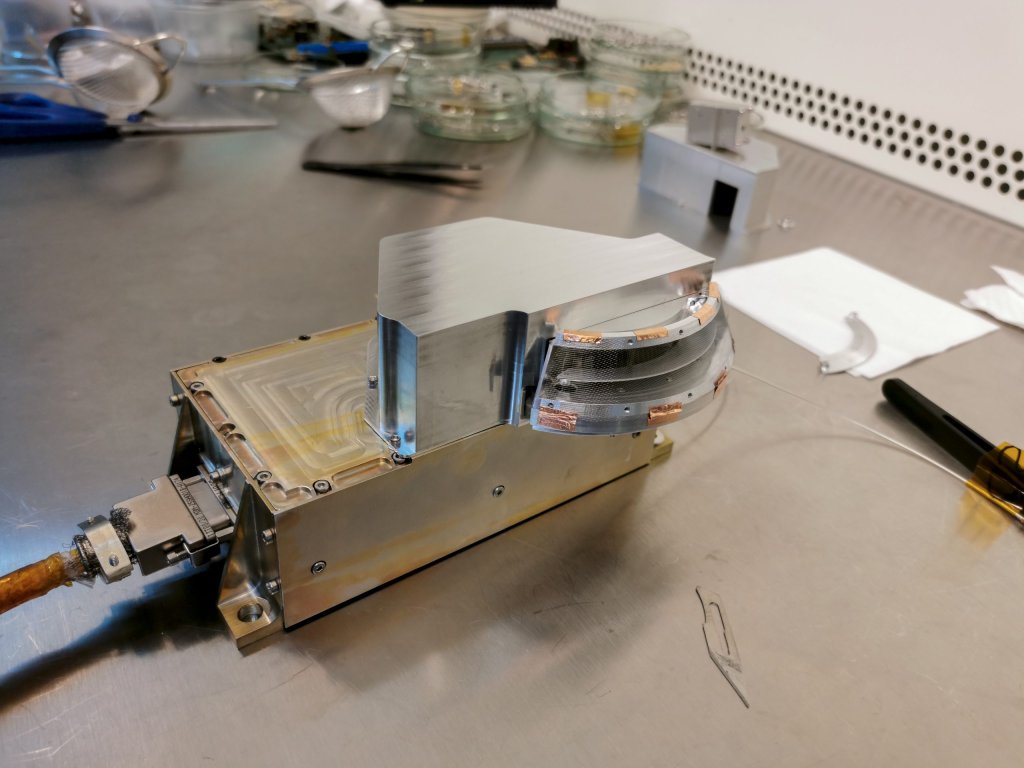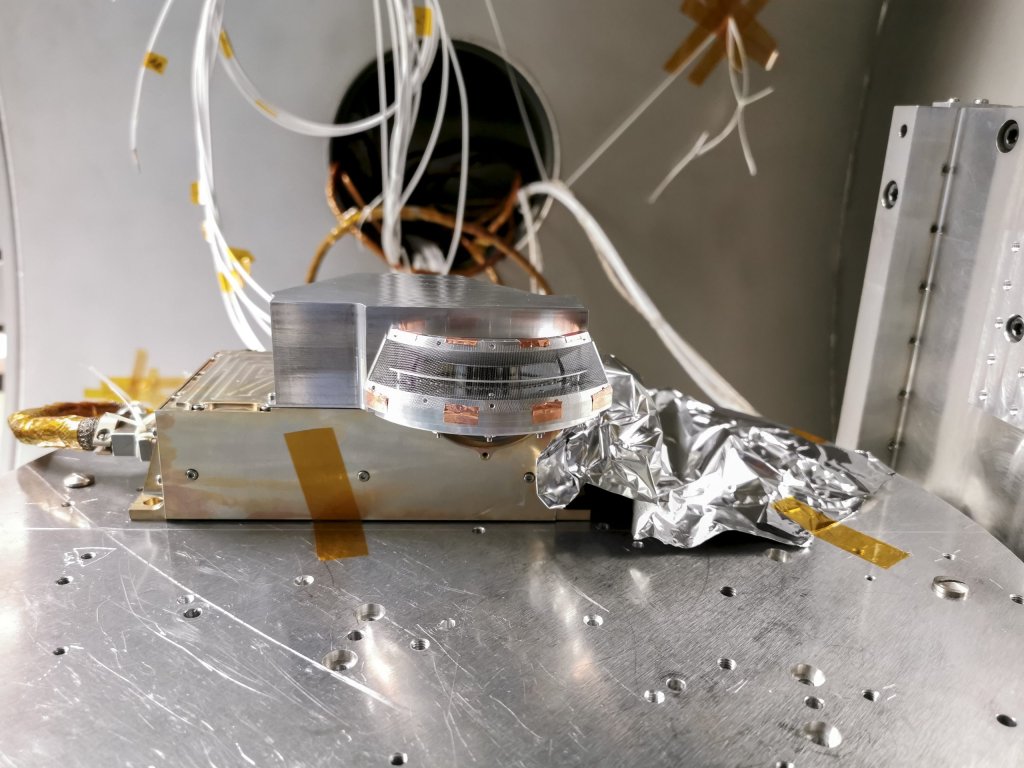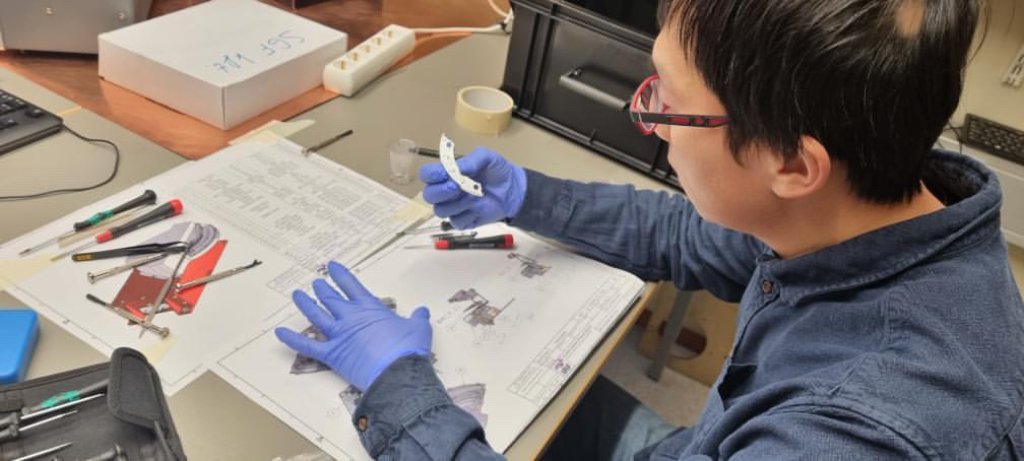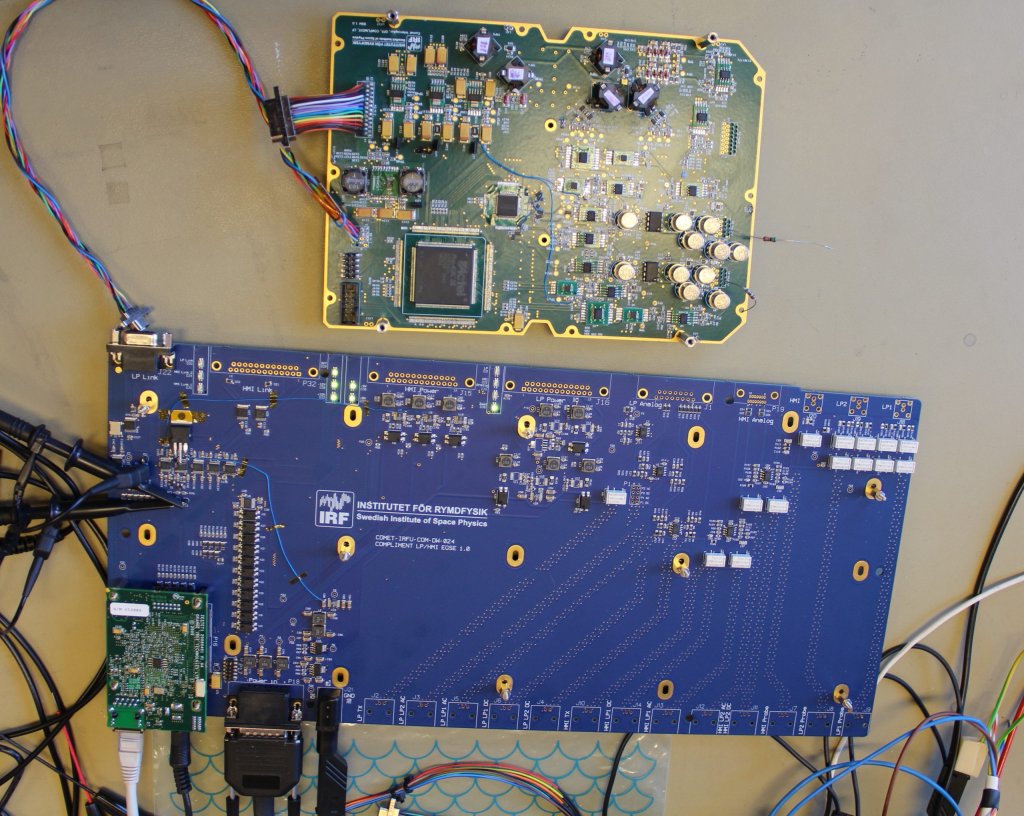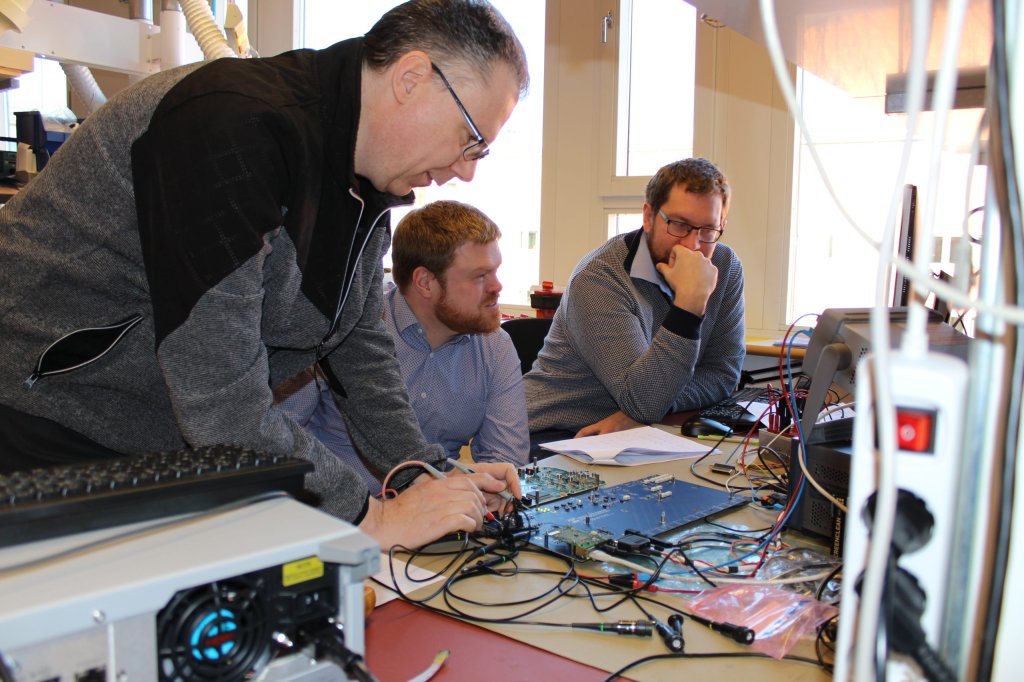Comet Interceptor (SCIENA och COMPLIMENT)
In 2029, the European spacecraft Comet Interceptor is planned to be launched. Its mission is to chase a comet that is yet to be discovered, and which is in its original state since the formation of the solar system. IRF participates with two instruments that will investigate the comet’s surroundings and how the gases from the comet interact with the flow of charged particles from the Sun.
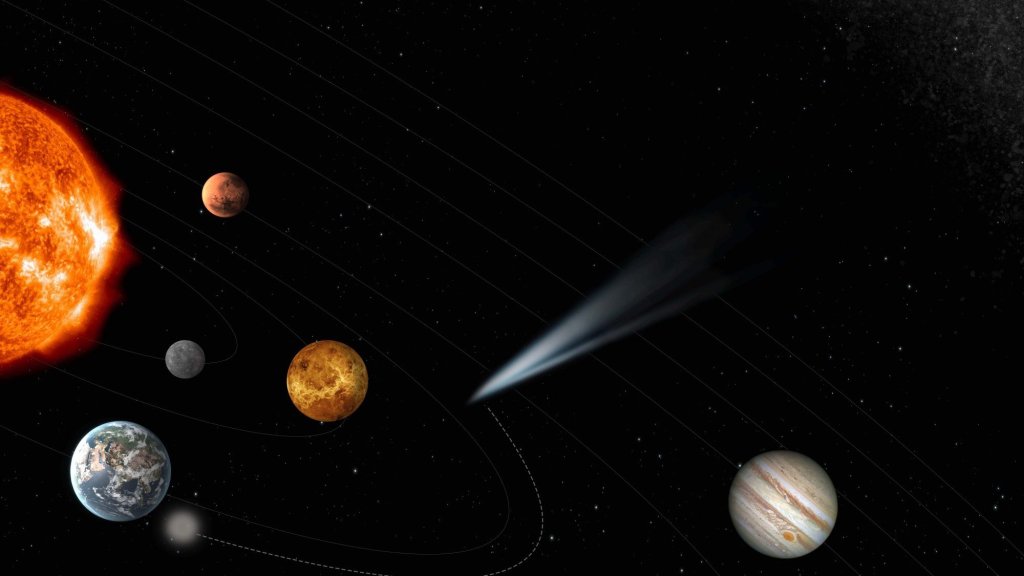
The expedition begins with Comet Interceptor being parked in near-Earth space awaiting the approach of a yet to be discovered comet from the outskirts of the solar system. When a suitable comet has been found, the spacecraft will chase the comet and make a close flyby.
IRF was selected to contribute with measuring instruments to the comet expedition in 2019. Since then, employees from Kiruna and Uppsala have been designing and building on IRF’s two instrument contributions.
The instrument Solar wind Cometary Ions and Energetic Neutral Atoms, SCIENA, will for the first time measure energetic atoms at a comet. Hans Nilsson at IRF in Kiruna is the responsible scientist for the instrument.
SCIENA will measure the influx of energy and particles from the solar wind as well as the part of the cometary environment affected by the solar wind. The part of the comet’s atmosphere that becomes electrically charged gives rise to the comet’s ion tail, among other things. Comets have both an ion tail and a dust tail that point in slightly different directions.
IRF also contributes to the Cometary Plasma Light INSTrument, COMPLIMENT. Niklas Edberg at IRF in Uppsala is the responsible scientist for the instrument.
COMPLIMENT is like a space weather station for plasmas, a thin gas of electrically charged particles that surrounds the comet. This instrument will measure the density and temperature as well as electric fields and dust grains at the comet to understand how its atmosphere, the coma, is formed.
In the international consortium for Comet Interceptor, Sweden is represented by IRF, the Royal Institute of Technology and Umeå University.
If all goes according to plan, the European Space Agency ESA plans to launch the spacecraft from Kourou in French Guiana in 2029.

